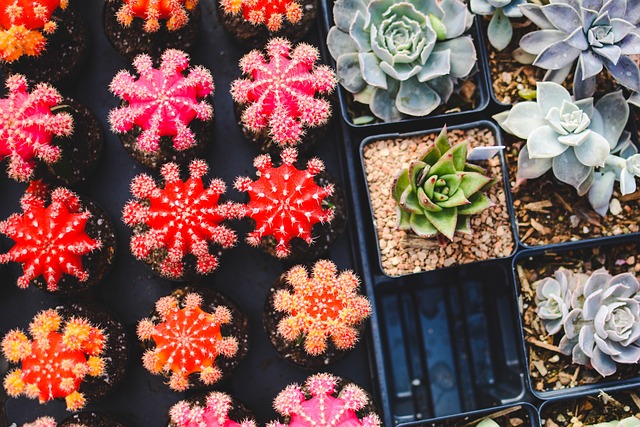Vertical planting solutions transform ordinary spaces into vibrant, lush oases by maximizing limited outdoor areas. Choosing the right spot with ample sunlight, easy water access, and good drainage is crucial. Designing custom gardens involves selecting suitable solutions like hanging baskets or trellises to complement the environment. Professional installation includes planning, substrate preparation, irrigation systems, and precise plant positioning. Regular maintenance includes cleaning, proper watering, fertilization, and pruning to ensure year-round health and beauty, offering both aesthetic appeal and environmental benefits as effective vertical planting solutions.
“Unleash the power of green spaces with expert vertical garden installation, a modern marvel transforming urban landscapes. This comprehensive guide explores the world of vertical planting solutions, from understanding their basics and benefits to choosing ideal locations and designing custom spaces. Learn through each step of the installation process and discover essential maintenance tips for a thriving, vibrant garden upward. Elevate your green oasis with these expert insights on vertical gardening.”
- Understanding Vertical Planting Solutions: The Basics and Benefits
- Choosing the Right Location for Your Expert Vertical Garden Installation
- Designing Your Custom Vertical Garden Space
- The Installation Process: From Planning to Completion
- Maintaining Your Vertical Garden: Tips for Longevity and Health
Understanding Vertical Planting Solutions: The Basics and Benefits
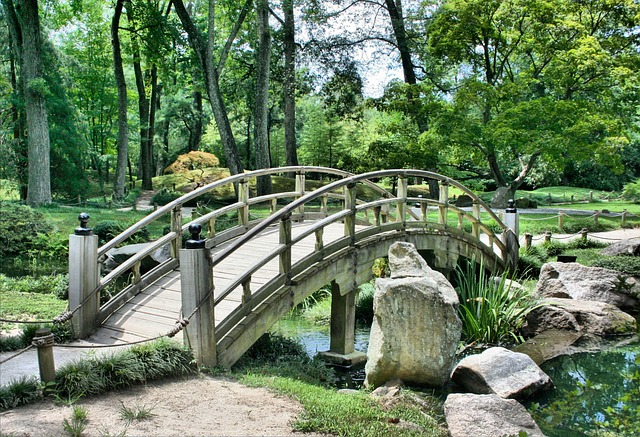
Vertical planting solutions offer a unique and innovative approach to gardening, transforming traditional landscapes into vibrant green spaces that climb and flow. Unlike conventional gardening methods that rely on horizontal space, these solutions maximize every available vertical surface, whether it’s walls, fences, or structures. By adopting vertical planting techniques, both residential and commercial properties can enjoy the aesthetic appeal of lush greenery while optimizing limited outdoor areas.
The benefits of vertical planting solutions are multifaceted. They enhance curb appeal and contribute to a more aesthetically pleasing environment, blending seamlessly with modern architecture. Furthermore, these solutions promote biodiversity by providing habitats for local wildlife, such as birds and insects. From an ecological perspective, vertical gardens help mitigate the urban heat island effect by reducing the need for air conditioning and improving overall air quality. Additionally, they offer practical advantages like improved water management through targeted irrigation systems, making them a sustainable choice for eco-conscious individuals.
Choosing the Right Location for Your Expert Vertical Garden Installation
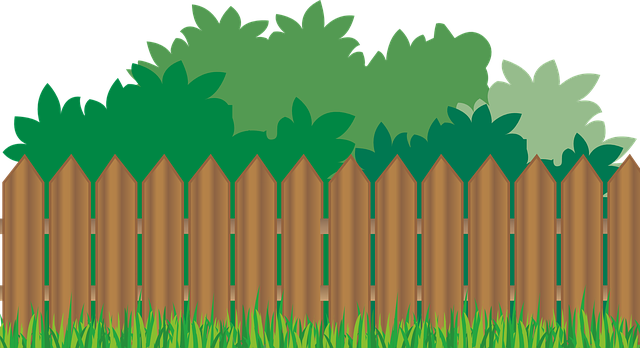
When considering expert vertical garden installation, selecting the perfect location is a crucial first step. The ideal spot for your green oasis should offer ample sunlight exposure—vertical planting solutions thrive under full sun or partial shade at least 4-6 hours daily. Proximity to an outdoor water source is also advantageous, as it simplifies irrigation management. Additionally, ensure the area has adequate drainage to prevent waterlogging, a common issue in poorly designed vertical gardens.
Think about the view you want to create—a feature wall or fence, a space-saving solution for small yards, or even an entire wall transformed into a living artwork. Consider your garden’s accessibility; easy maintenance requires regular access for weeding, pruning, and monitoring plant health. The right location will not only ensure your vertical garden’s beauty but also its longevity.
Designing Your Custom Vertical Garden Space
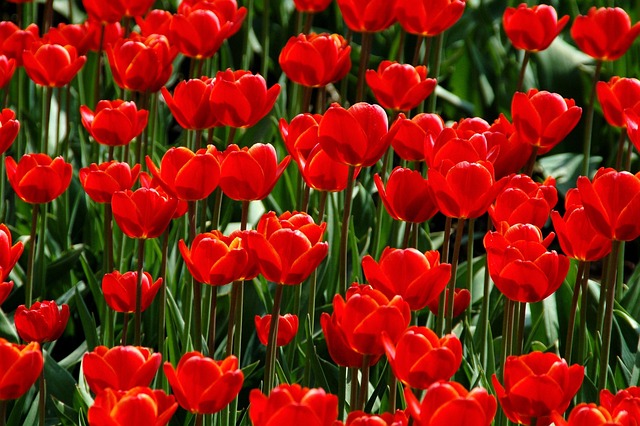
Designing your custom vertical garden space is an exciting journey where creativity meets practical considerations. It’s all about transforming ordinary walls or structures into vibrant, green oases that complement your unique aesthetic and lifestyle. Start by envisioning the overall look and feel you desire—whether it’s a modern, minimalist design with structured planters or a more organic, cascading display of plants.
Consider factors like available space, sunlight exposure, and your gardening preferences. For instance, if you’re short on square footage, vertical planting solutions offer an efficient way to maximize your green area. Choose from various options such as hanging baskets, wall-mounted shelves, or custom-built trellises to create layers of greenery that can adapt to different heights and depths. This personalized approach ensures your vertical garden not only looks stunning but also aligns perfectly with your living or working environment.
The Installation Process: From Planning to Completion
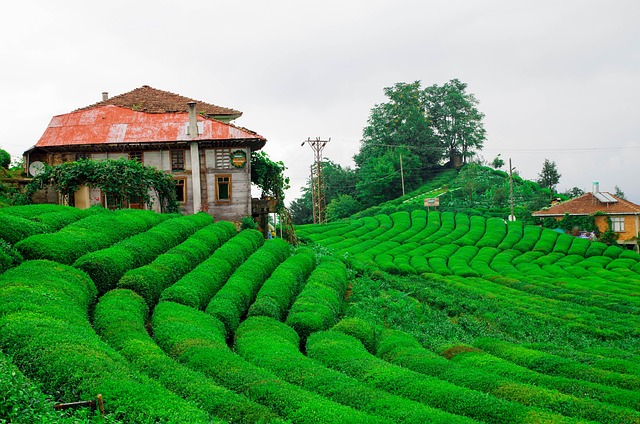
The installation process for a vertical garden begins with meticulous planning, ensuring space optimisation and aesthetic harmony. Professionals assess the site, considering structural integrity, lighting conditions, and access to ensure a successful project. They design a custom layout incorporating various vertical planting solutions, tailored to the client’s needs and preferences. This step involves selecting suitable plant varieties, determining spacing, and creating a structured framework for optimal growth.
Once the planning is complete, the installation crew proceeds with precision. They prepare the substrate, install irrigation systems, and carefully place each plant, maintaining proper spacing and depth. The process requires skill and attention to detail, especially when incorporating features like trellises, shelves, or hanging baskets. Upon completion, the vertical garden transforms into a lush, green oasis, enhancing both the visual appeal and environmental benefits of the space.
Maintaining Your Vertical Garden: Tips for Longevity and Health

Maintaining a vertical garden requires dedication but offers immense rewards in terms of aesthetics and environmental benefits. Regular cleaning is key to preventing dust buildup, especially in urban areas with high pollution levels. Use a soft brush or hose to gently remove any debris or dead leaves, ensuring water reaches all parts of the garden. Proper watering is another critical aspect; vertical gardens need consistent moisture but should be allowed to dry slightly between waterings to prevent root rot. Adjust watering frequency based on seasons and climate.
Fertilization is essential for maintaining plant health and vibrancy. Choose a balanced, water-soluble fertilizer applied every 2-4 weeks during the growing season. Consider using organic or slow-release fertilizers for eco-friendly vertical planting solutions. Pruning is also necessary to remove dead or yellowing leaves and encourage new growth. Regular monitoring and timely intervention will ensure your vertical garden flourishes year-round, providing a beautiful green sanctuary in any space.
Expert vertical garden installation offers a revolutionary approach to green spaces, transforming both indoor and outdoor environments. By understanding the basics, choosing the right location, designing custom layouts, and mastering the installation process, you can create a thriving vertical oasis. With proper maintenance, these gardens thrive, providing a unique aesthetic and numerous environmental benefits. Embrace vertical planting solutions to bring nature’s beauty into your space and contribute to a greener, more sustainable future.
